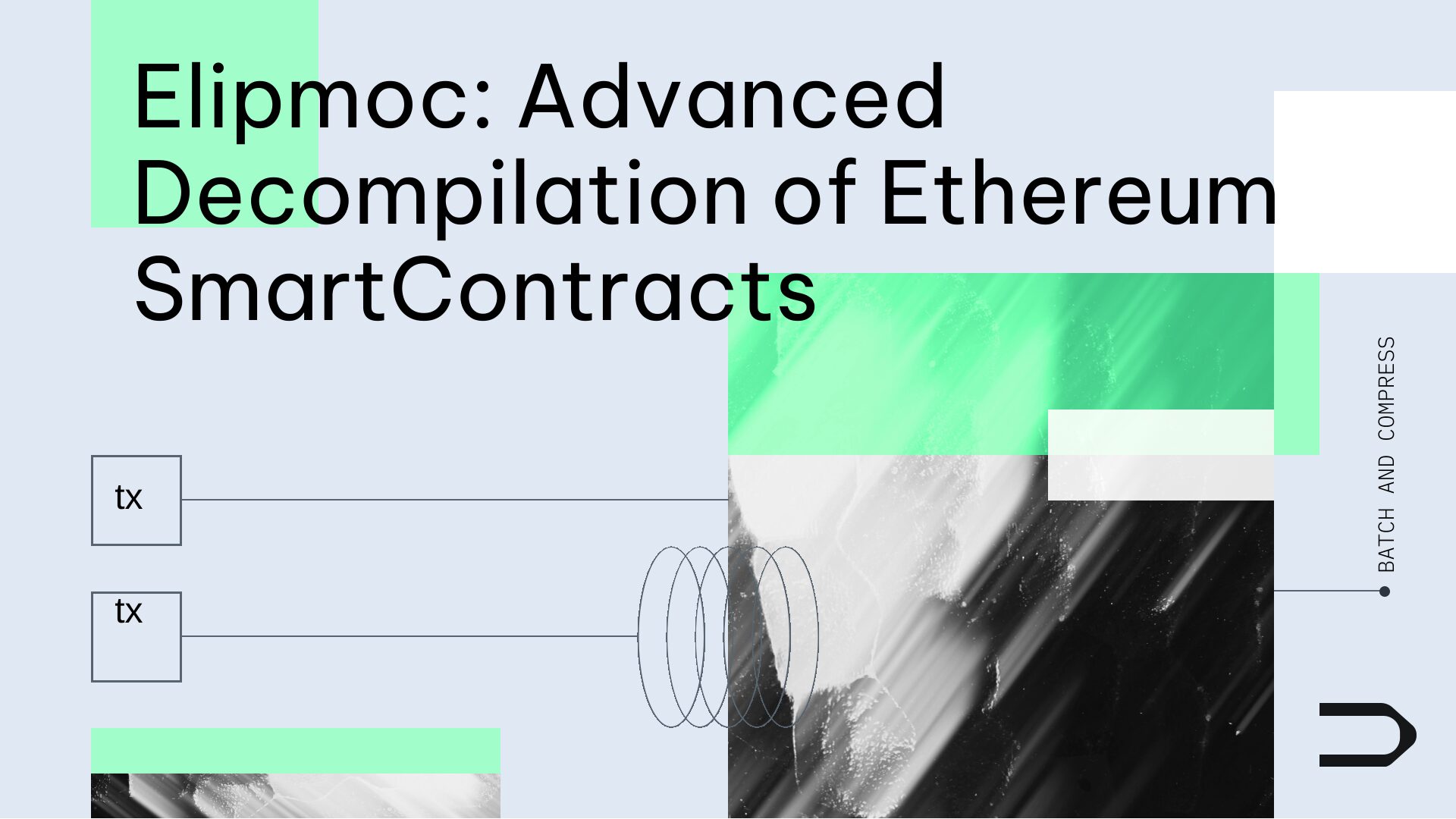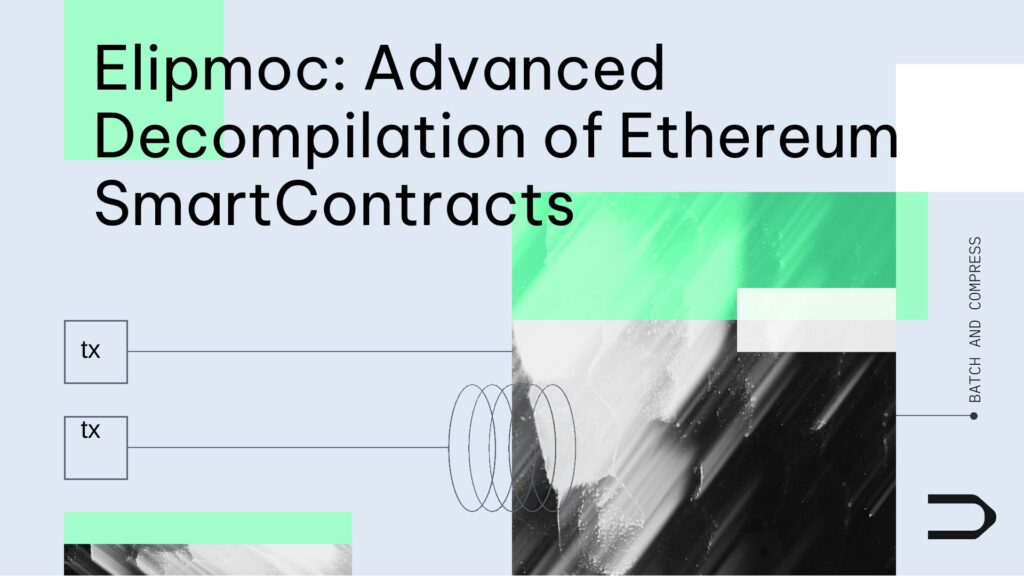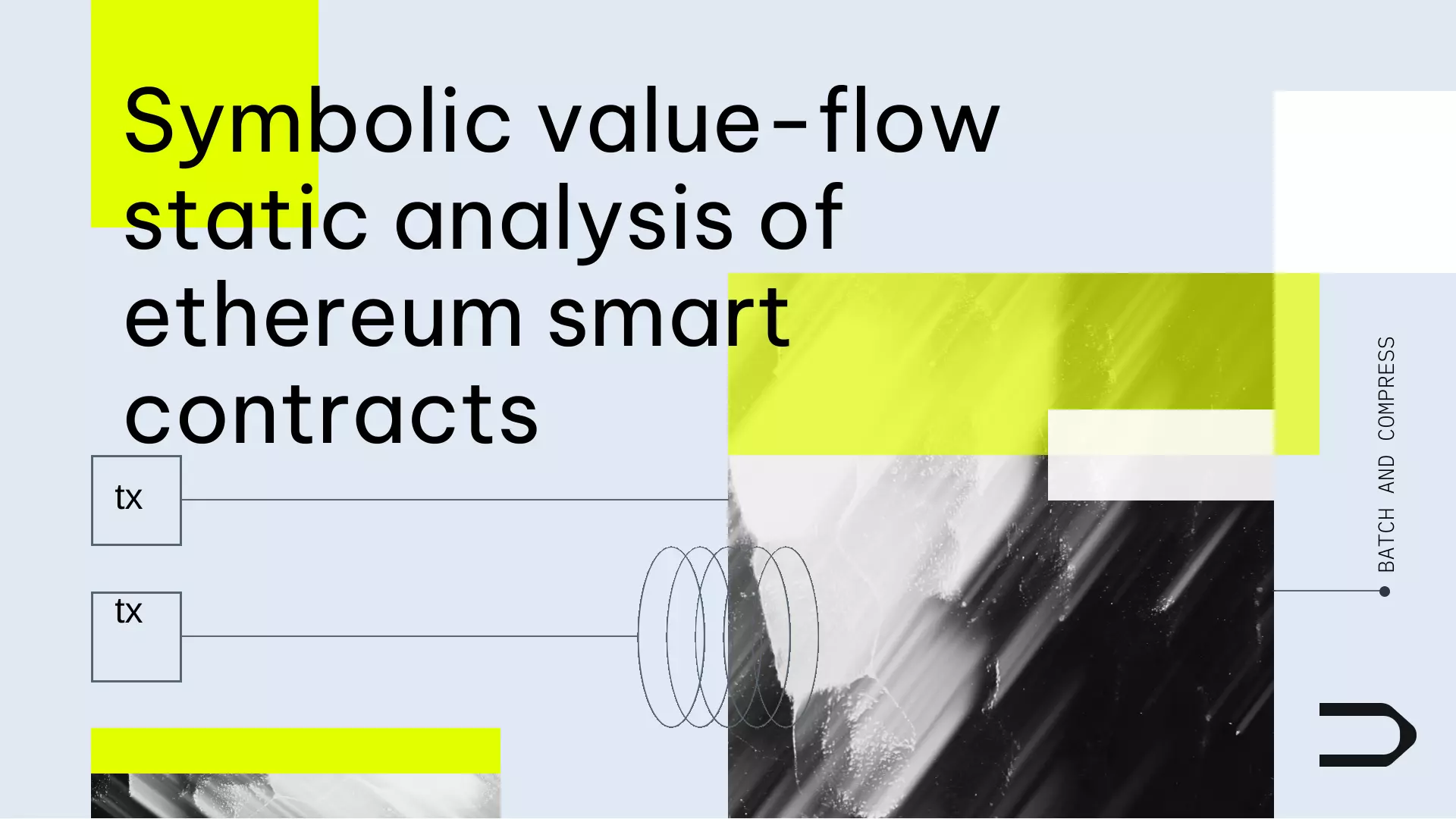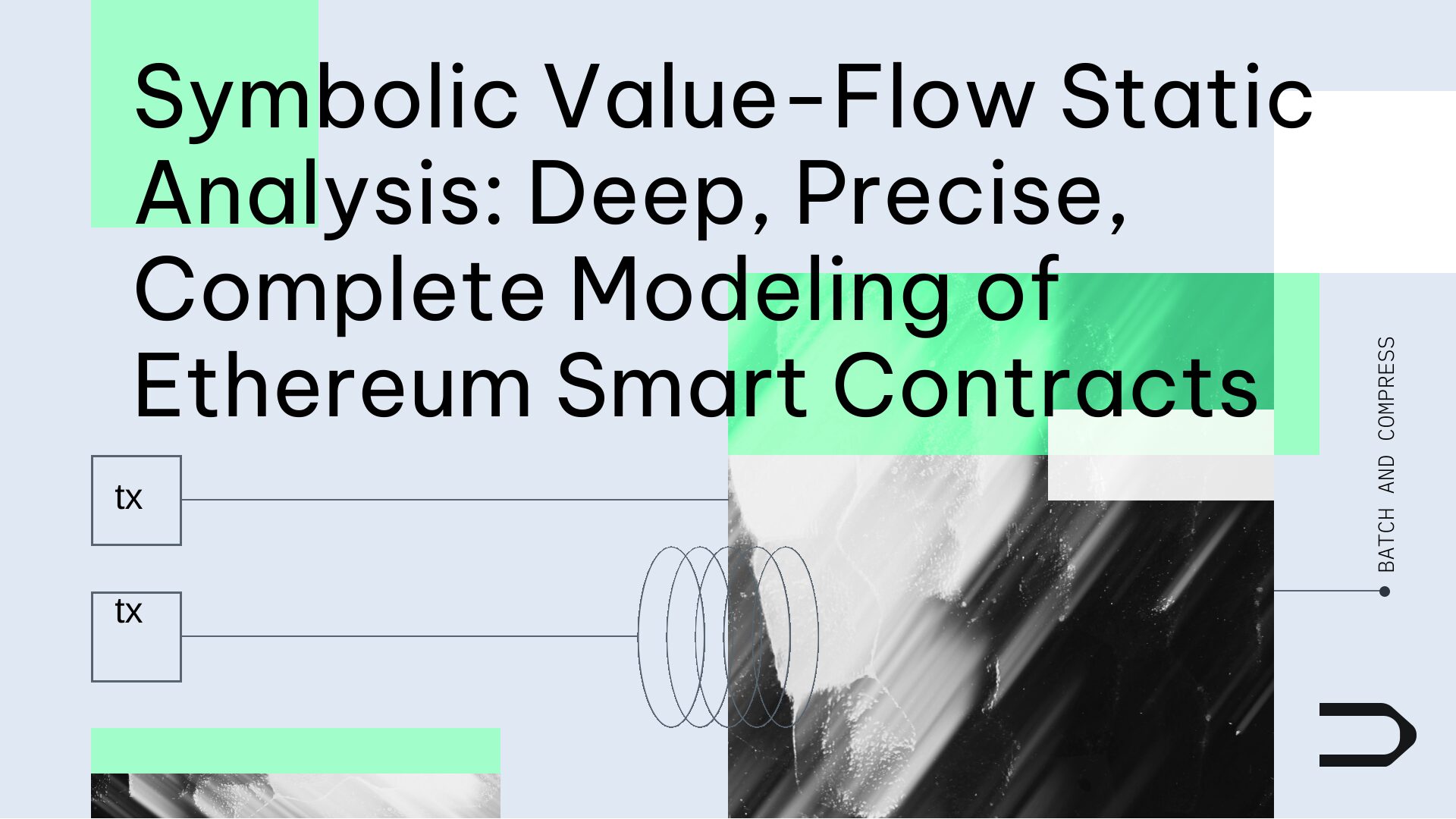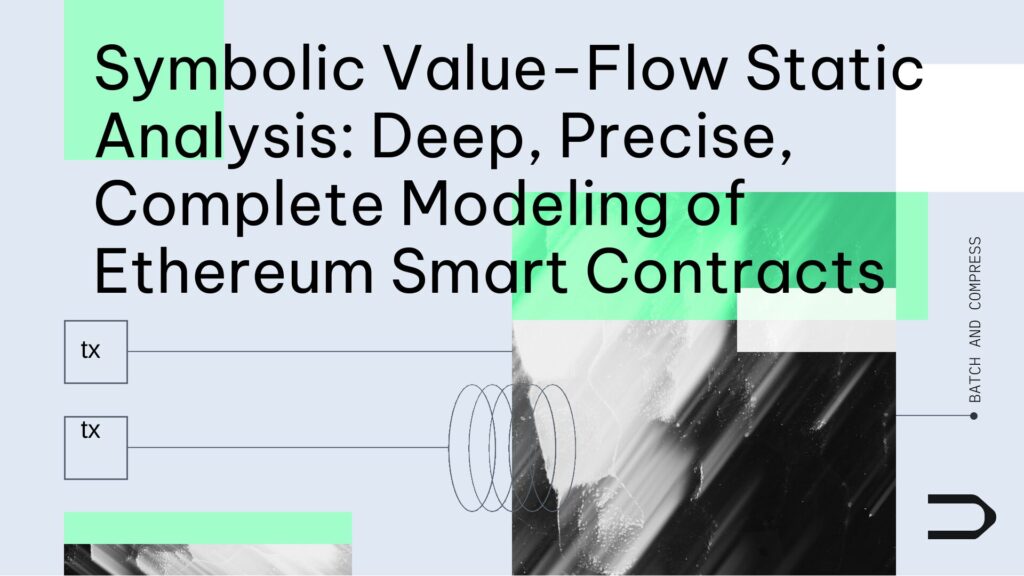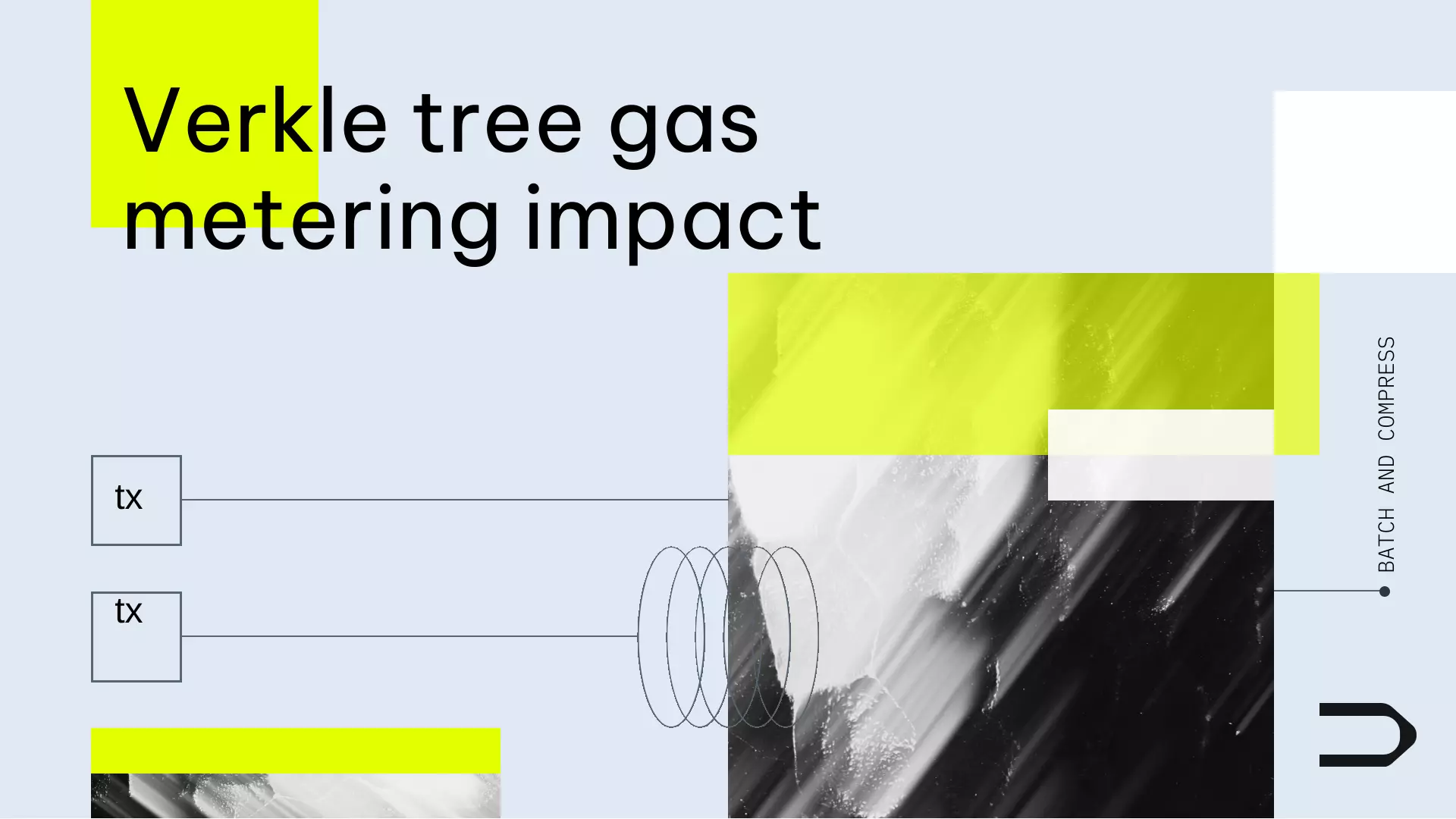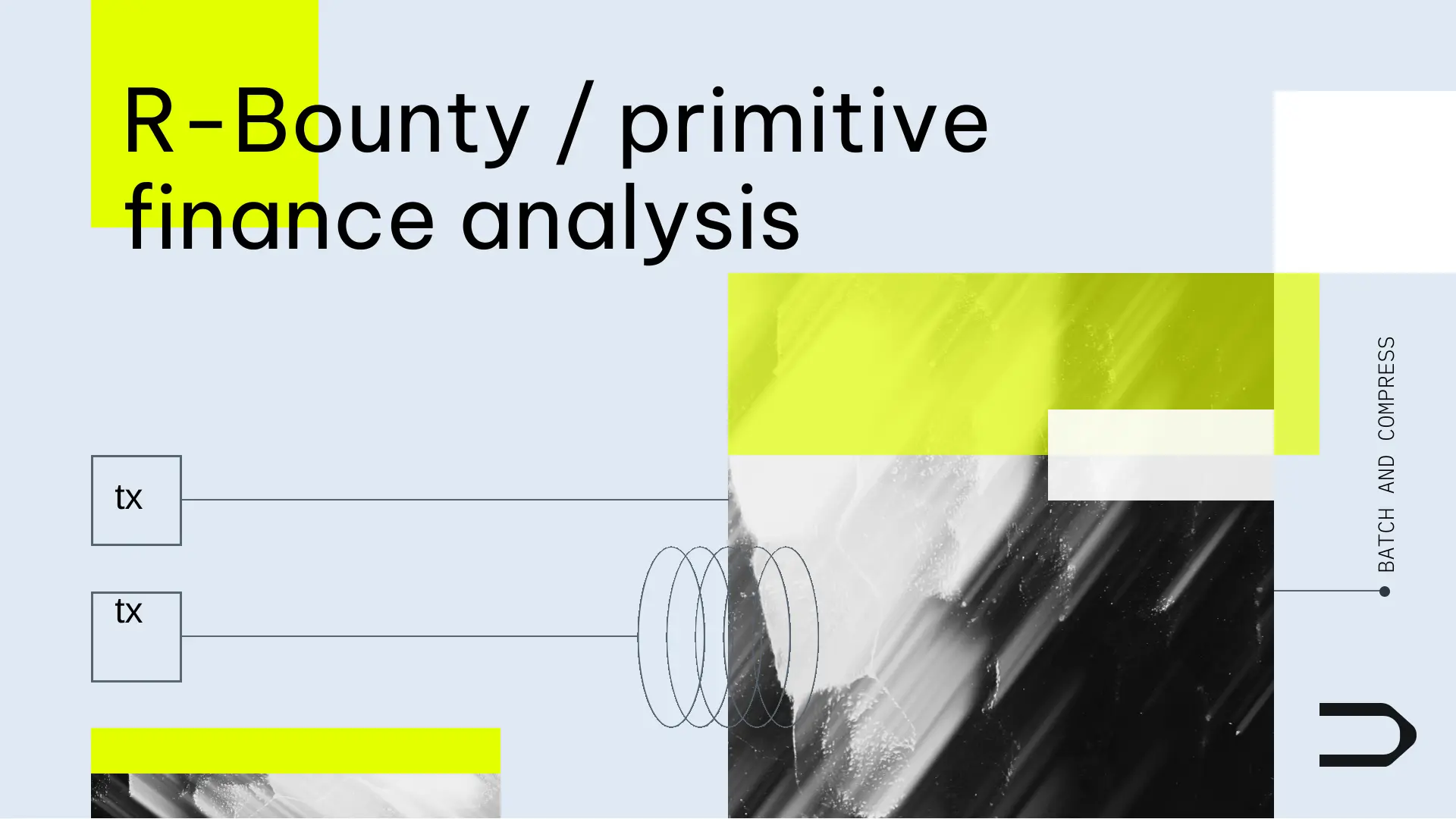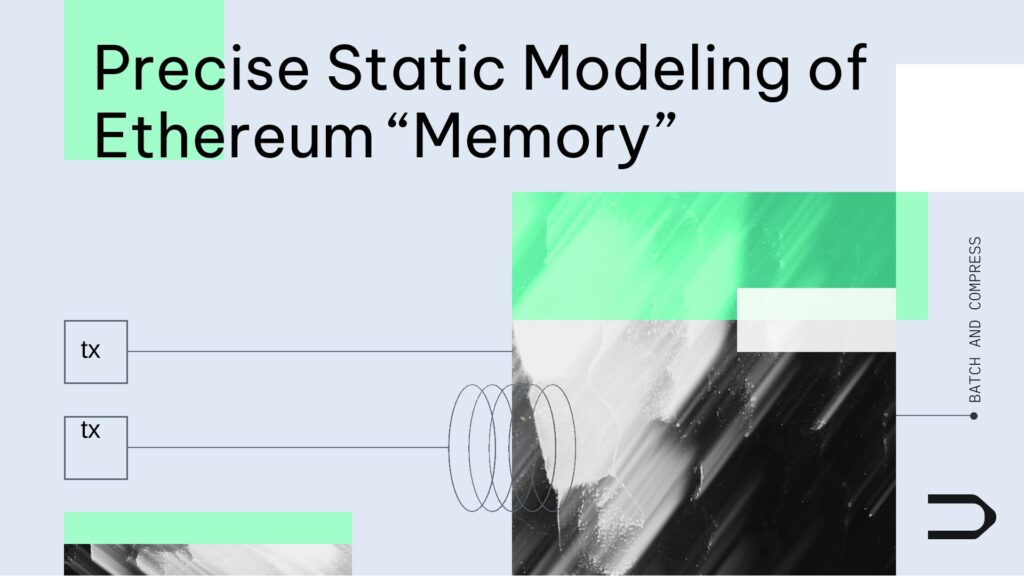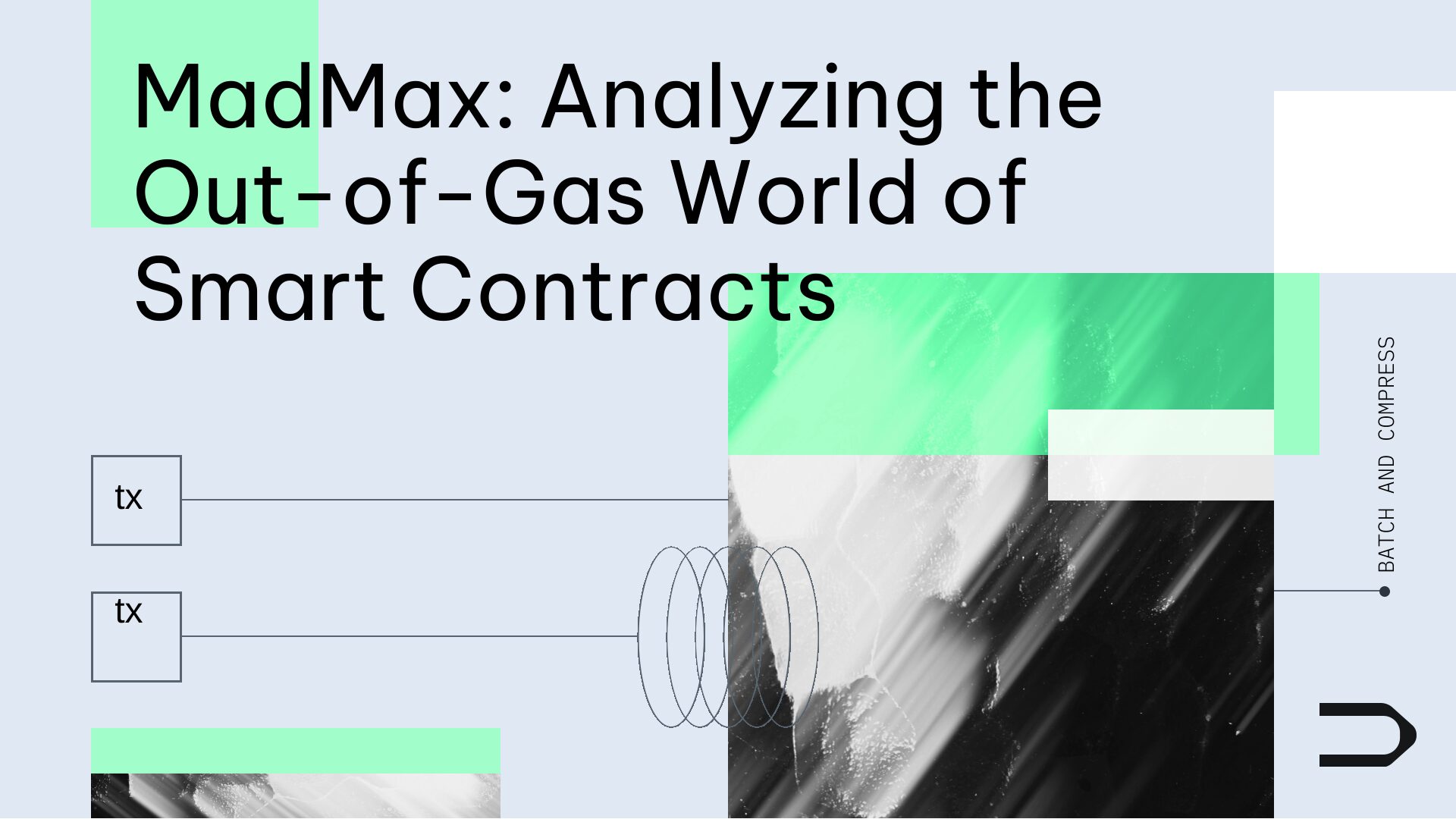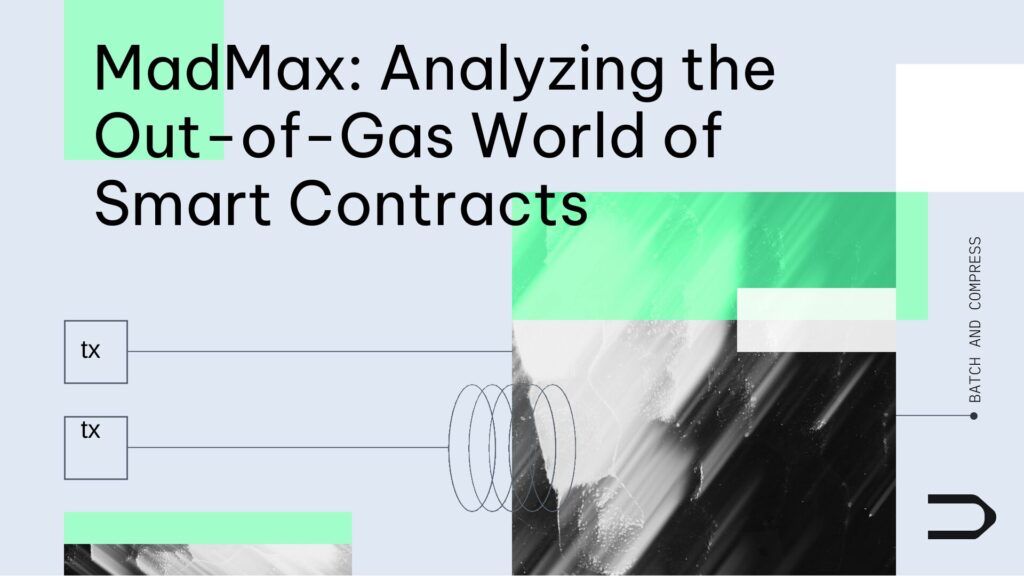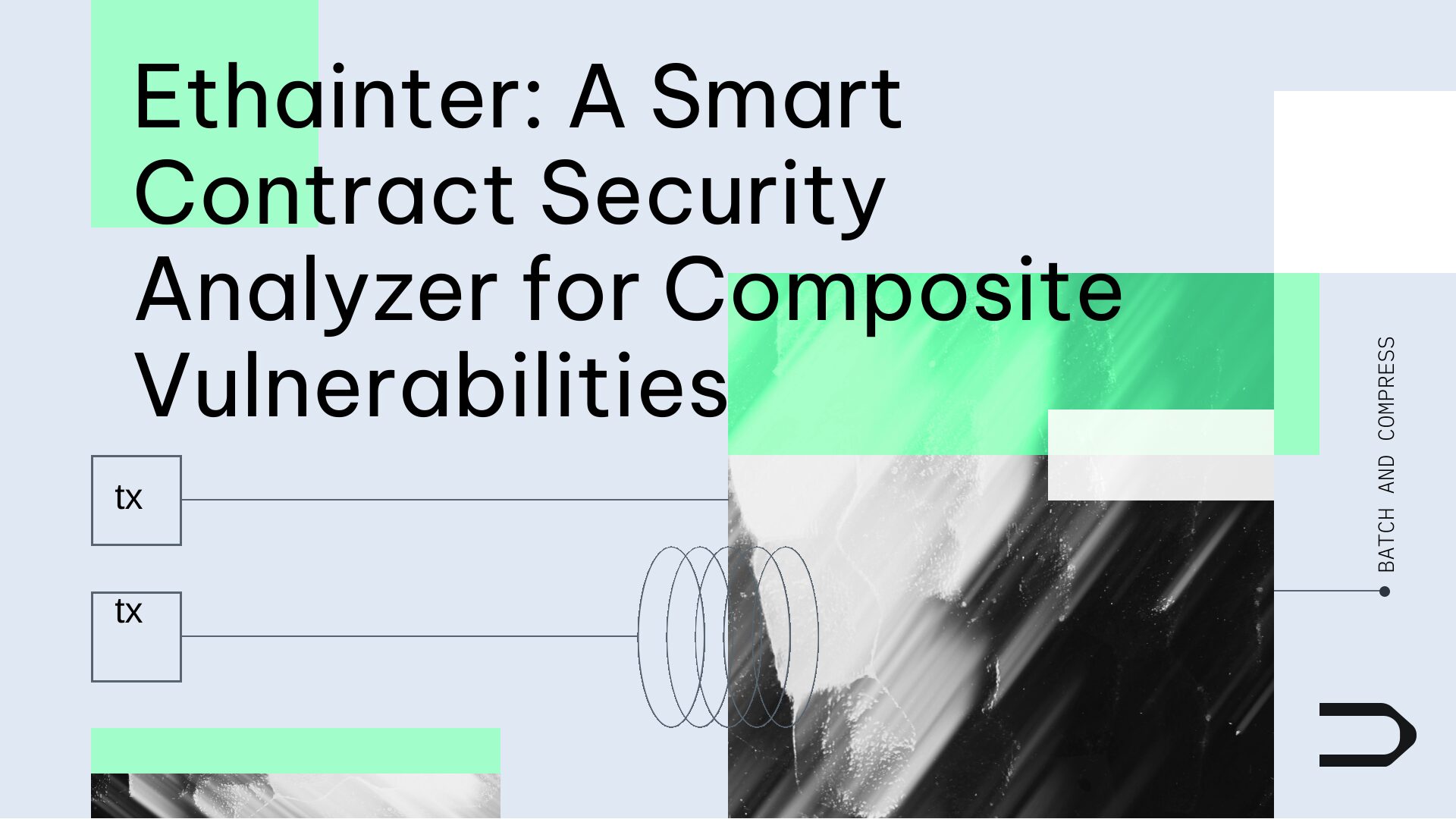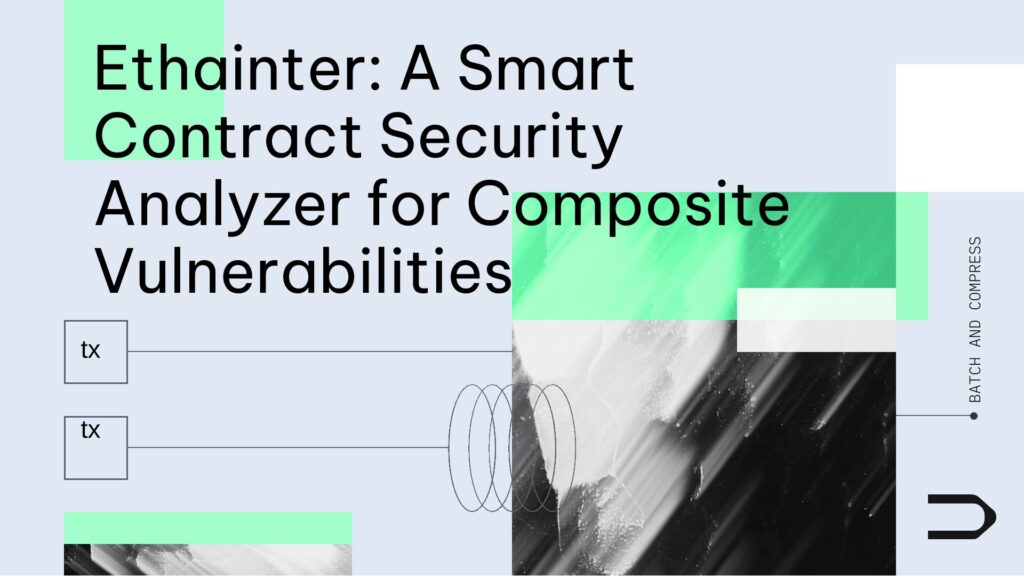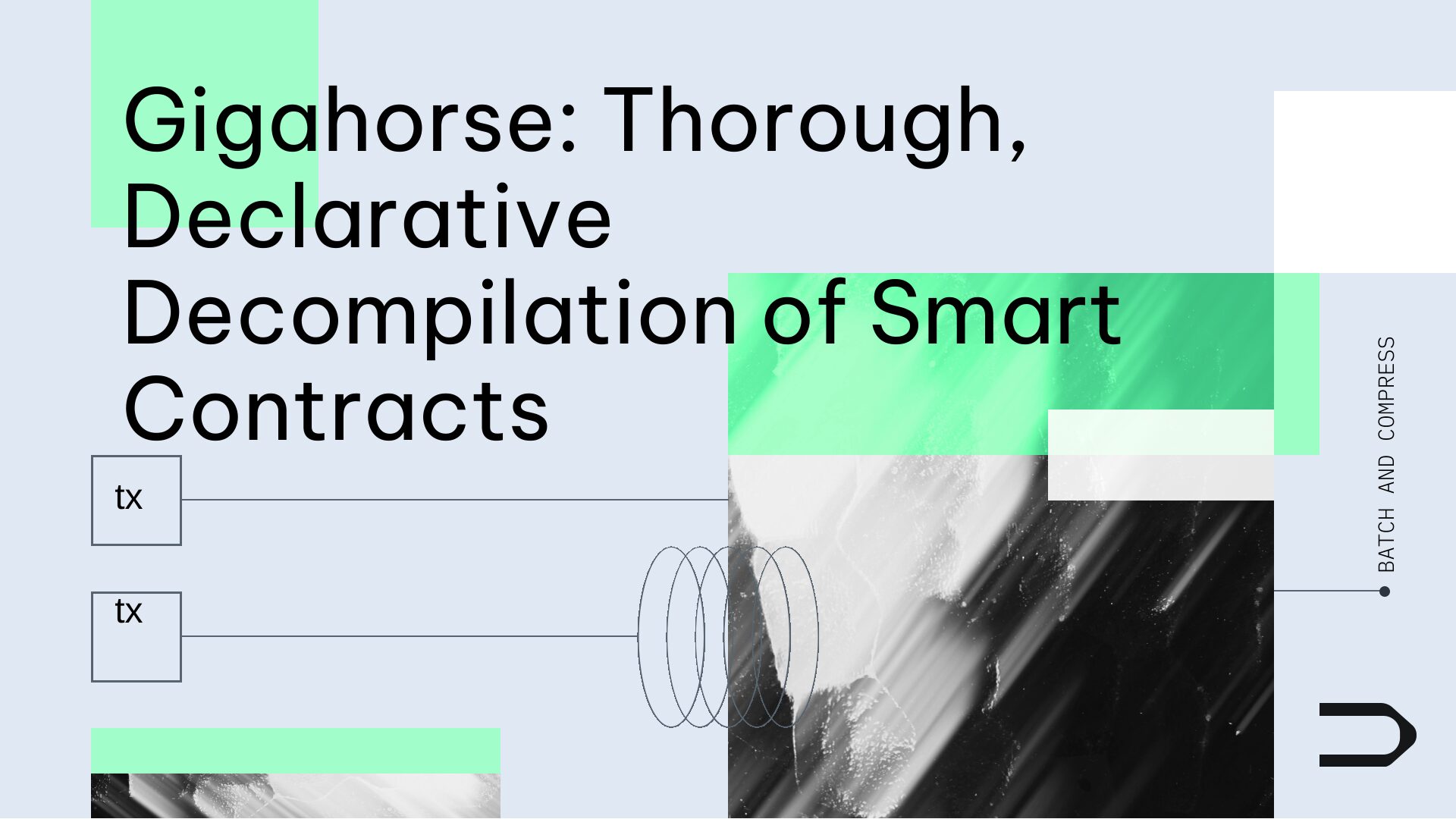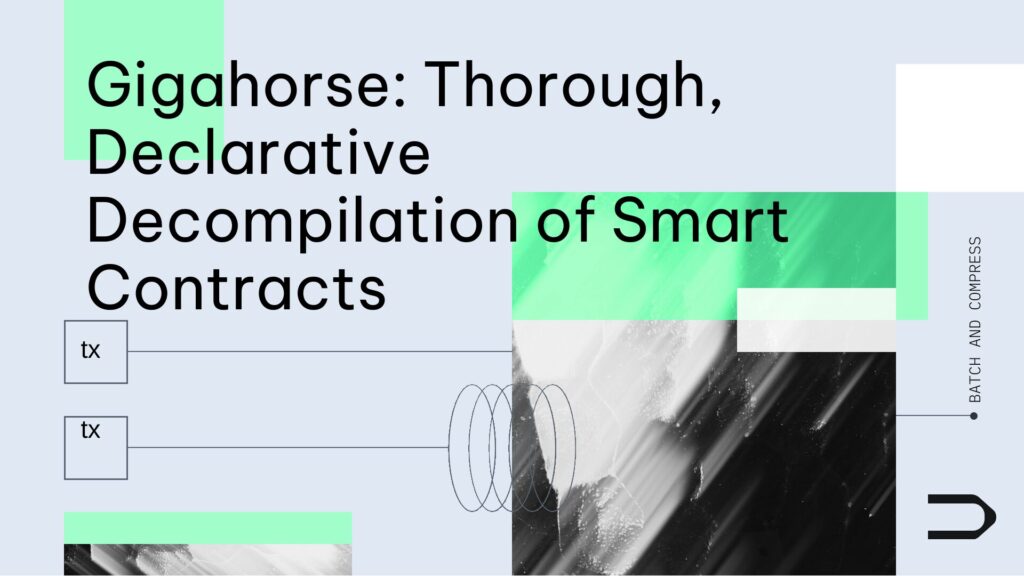Security researchers actively participating in Tribe DAO’s Discord security channel, raised concerns about a security issue relating to Fuse pools. The Rari Capital team executed our pre-established emergency response plan and immediately fixed the vulnerability. Because of the identification of the vulnerability, and the quick actions in response, no funds were lost. This article will address the nature and identification of the vulnerability as well as the remediation steps executed by the Rari Capital team.
While security has always been a priority in Rari Capital’s projects, Rari Capital’s capabilities have come a long way since its inception. Rari started as a fair launch project with next to no resources and a team of scrappy yet talented engineers. Today, as a highly experienced group of contributors and a part of the Tribe DAO, the Rari Capital team has exceptional resources enabling it to implement the most extensive security measures. Rari now has contributors who are some of DeFi’s top smart contract engineers, a robust network of security auditing professionals and organizations, and a thriving relationship with the white hat community. However, some of the initial Fuse contracts were written prior to having access to these resources and were not scrutinized like contracts are today.
The Vulnerability
At around 4:30 PM PT on March 3rd security researchers including @samczsun, @hritzdorf, and @YSmaragdakis (of @Dedaub) identified a vulnerability across multiple Fuse pools. Pools 0 to 32 with the exception of Pool 6 were at risk. The Rari Capital team was informed, and the admin multisig immediately paused borrowing across all Fuse pools.
The vulnerability was on an old version of the cToken and comptroller implementations. Specifically, the vulnerability was on the cEther contract which used .call.value to transfer ETH instead of .transfer like Compound. This is one of a handful of audited changes from the Compound codebase. Unfortunately audits aren’t a silver bullet and this vulnerability slipped through the cracks. It allowed for a cross-asset reentrancy upon cEther redemption where all assets in vulnerable pools could be borrowed for free. This was because the cEther state hadn’t fully been updated with the effects of the redemption before the ETH transfer. As a result all borrowable assets could have been stolen from those pools.
In late 2021, the Fuse contracts were upgraded to a version which contained a pool-wide check for reentrancy. All pools deployed after pool 32 used the upgraded contracts. Pool admins who deployed prior to the update had an option to upgrade to the latest Fuse contracts from the UI. Of the 32 pools that were deployed with this version of Fuse, only pool 6 was upgraded by its admin.
The Rari Capital Response
Upon being contacted by the researchers about the possible vulnerability in the platform, the Rari Capital team initiated processes to identify, confirm, and validate the issue. Per the incident response playbook, it was determined from a set of available actions to immediately pause borrowing globally. An extensive review of the vulnerability took place, which included a PoC, and review of available remediations options. Once the solution was developed, validated, and tested, the team acted fast to expedite the implementation of the fix.
Each Fuse at risk pool was upgraded to the latest cToken and Comptroller implementations, which prevents this or similar reentrancy vulnerabilities from being exploited. All pools were re-tested to confirm the vulnerability was remediated and borrowing was re-enabled the next morning. All of this occurred within 16 hours of identifying the vulnerability.
Future Security Measures
In the past the Rari Team has ensured that all code in production is scrutinized and goes through an extensive auditing process. In response to the identified vulnerability Rari will be taking a series of enhanced security measures. First, Rari Capital engineers are currently conducting extensive internal reviews of the Fuse codebase. Rari Capital and Fei Protocol have also merged their respective Immunefi bug bounties into one joint Tribe DAO bug bounty.
Rari greatly appreciates the relationship and collaboration with the white hat community and with many of DeFi’s top security engineers. Thank you to all who assisted in identifying and nullifying this vulnerability and to the community who continues to contribute and support as we move forward stronger than ever.
